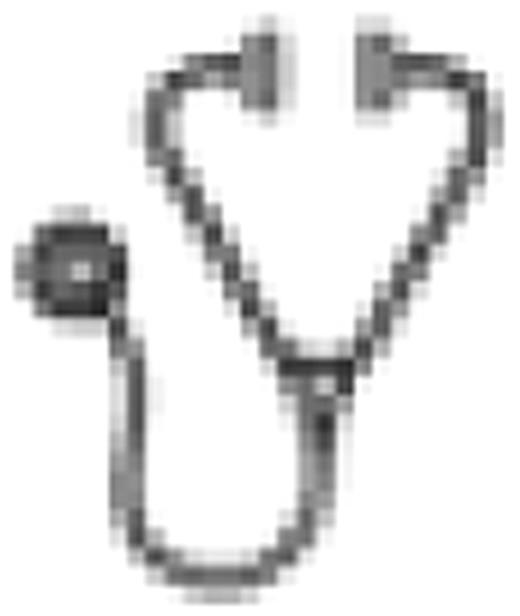Abstract
G-CSF is a very effective treatment for idiopathic, congenital and cyclic neutropenia (SCN). G-CSF also expands myeloid tissues that give rise to osteoclasts that resorb bone. For this reason, the Severe Chronic Neutropenia International Registry (SCNIR) has collected data on fractures in this population for over 15 years. These data indicate that fractures are uncommon events. To expand information on bone health for patients on long-term G-CSF, we collected additional information from a patient survey and reviewed reports of bone mineral density measurements (BMD) in US children and adults in the SCNIR.
Letters were sent to 680 patients; 367 responded. 17 of 367 patients reported fractures; 15 were related to accidents (11 extremities, 4 spine) and 2 were categorized as spontaneous (both spine). The frequency of fractures was 0.005 per patient year on G-CSF. 222 patients indicated that they had not had a BMD study. We received 266 BMDs on 145 subjects (45 children {<21 years of age} and 100 adults) having sufficient information in a standard report format for evaluation. There were 82 BMDs in the 45 children and 184 BMDs in the 100 adults. For adults, abnormal BMD was defined as a t score less than -2.5; for children abnormal was a z score of less than -2.0.
205 of 266 BMD reports were normal; BMDs for 34 of 45 children and 85 of 100 adults were normal. 11 BMDs prior to G-CSF treatment were normal (4 children, 5 adults – 2 adults had 2 normal BMDs) and 194 BMDs during G-CSF treatment were normal (30 children, 85 adults). The G-CSF median dose for children with normal scans was 5.1 mcg/kg/day (range 0.0 - 53) and for adults was 1.1 mcg/kg/day (range 0.0 - 38). 61 of 266 scans were abnormal in 11 children and 15 adults. 1 of 6 adult scans prior to G-CSF treatment was abnormal. During G-CSF treatment there were 60 abnormal BMDs in 11 children and 14 adults. The G-CSF median dose for children with abnormal BMDs was 3.6 mcg/kg/day (range 0.0 - 18) and for adults was 2.3 mcg/kg/day (range 0.0 - 37).
28 subjects (8 children, 20 adults) had three or more sequential BMD reports. Of these, 17 subjects (3 children, 14 adults) suggested a trend of decreasing BMD while on G-CSF, 11 subjects (5 children, 6 adults) had normal serial BMDs on G-CSF without trending toward decreased bone mineral density. 33 patients reported treatments with osteoporosis medications; 15(46%) calcium supplements, 12(36%) bisphosphonates, 3(9%) Vitamin D supplements, 2(6%) hormonal supplements, and 1(3%) calcitonin; the effectiveness of these therapies could not be evaluated.
This survey confirms that overt fractures are low-frequency events for patients with SCN on many years of G-CSF therapy. The trend toward decreased BMD in approximately 60% of patients with serial assessments suggests that bone loss is a common effect of chronic G-CSF treatment. The data also suggest that baseline and follow-up BMD assessments are useful for determining bone health for SCN patients on long term G-CSF therapy.
Dale:Amgen Inc.: Consultancy, Honoraria, Research Funding, Speaker. Boxer:Amgen Inc.: Equity Ownership.

This icon denotes an abstract that is clinically relevant.
Author notes
Asterisk with author names denotes non-ASH members.

This feature is available to Subscribers Only
Sign In or Create an Account Close Modal